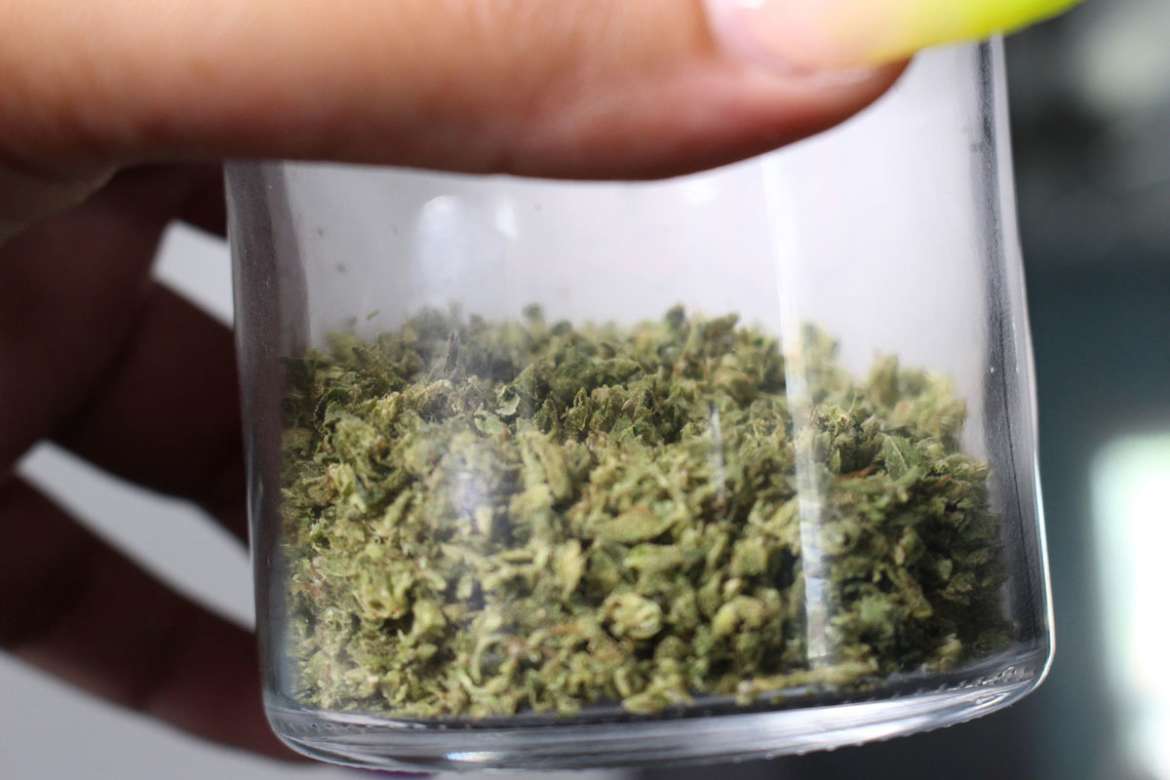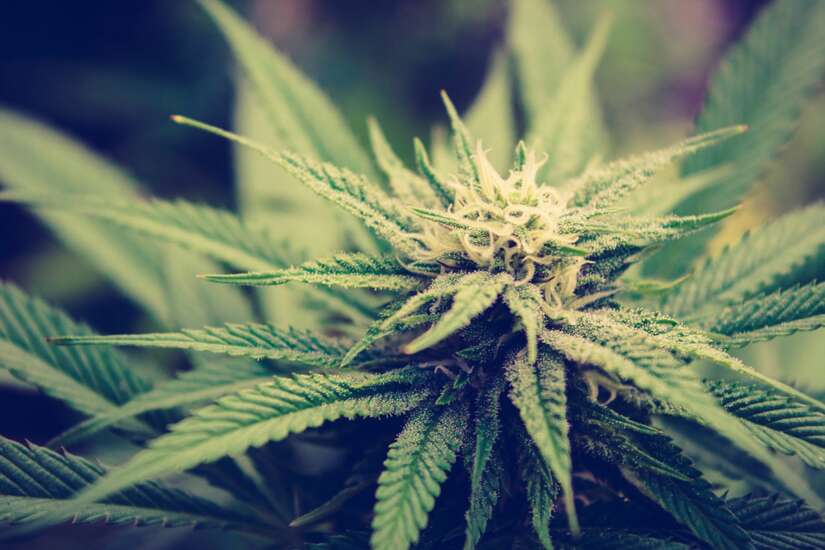Delta-8, delta-9, and delta-10 THC are all cannabinoids that occur in the cannabis plant. Each has unique properties and effects. Delta-8 THC is the rarest of the three and is mostly found in hemp plants. Delta-9 THC is the most common and is responsible for the psychoactive effects of marijuana. Delta-10 THC is a minor cannabinoid that has been shown to have medical benefits.
Each of these cannabinoids occurs in different ratios in different strains of cannabis plants. Marijuana strains tend to have high levels of delta-9 THC, while hemp strains tend to have more delta-8 THC. The ratio of these cannabinoids can also vary from plant to plant within a single strain. This means that two plants with the same name may not have the same effects.
The differences between these cannabinoids are not just theoretical, they can have a significant impact on your health and well-being. So, let’s take a closer look at some of the key differences between delta 8, 9, and 10 THC.
Cannabinoids Ratio
One of the most important distinctions is the ratio of cannabinoids present in each. Delta-8 THC is mostly found in hemp plants, which have a low concentration of delta-9 THC. Marijuana strains tend to have high levels of delta-9 THC, while hemp strains tend to have more delta-8 THC. The ratio of these cannabinoids can also vary from plant to plant within a single strain. This means that two plants with the same name may not have the same effects.
The difference in ratios can result in different effects for users. For example, marijuana strains with higher levels of delta-9 THC are more likely to cause psychoactive effects than hemp strains with higher levels of delta-8 THC.
The Method of Administration
The method of administration is another important factor to consider when comparing delta 8, 9, and 10 THC. For example, delta-9 THC is more potent when it is smoked than when it is ingested. This is because smoking delta 9 THC allows it to be absorbed directly into the bloodstream through the lungs. When delta-9 THC is ingested, it must first be metabolized by the liver before it enters the bloodstream. This process reduces the potency of delta-9 THC.
On the other hand, delta-8 THC is more potent when it is ingested than when it is smoked. This is because delta-8 THC is metabolized by the liver into another cannabinoid called delta-11 THC, which is more psychoactive than delta-8 THC.
Psychoactive Effects
One of the most well-known effects of delta-9 THC is its psychoactive properties. This is the cannabinoid that is responsible for the “high” associated with marijuana use. Delta-8 THC also has psychoactive effects, but they are generally milder than those of delta-9 THC. On the other hand, delta-10 THC does not appear to have any psychoactive effects.
The psychoactive effects of delta-9 THC are caused by its ability to bind to the CB1 receptors in the brain. Delta-8 THC also binds to these receptors, but with a lower affinity than delta-9 THC. This means that it is less likely to cause psychoactive effects. Delta-10 THC does not appear to bind to CB1 receptors, which may be why it does not have any psychoactive effects.
Medical Benefits
All of the cannabinoids in cannabis have potential medical benefits. However, each cannabinoid has different effects and is more or less effective for certain conditions.
Delta-8 THC is known for its pain relief properties. It is also effective in treating nausea and vomiting, especially in cancer patients undergoing chemotherapy. Delta-9 THC is the most common cannabinoid found in marijuana plants. It is responsible for the psychoactive effects associated with marijuana use. Delta-9 THC is also effective in treating pain, nausea and vomiting, muscle spasms, and seizures.
Delta-10 is a newer form of THC that has not been as extensively studied yet, but preliminary research suggests it may be more effective in treating certain medical conditions than either delta-8 or delta-9 THC. For example, delta-10 THC is more effective in reducing inflammation than either delta-8 or delta-9 THC.
Side Effects
All of the cannabinoids in cannabis have the potential to cause side effects. The most common side effects of delta-9 THC include dizziness, dry mouth, red eyes, and impaired motor function. Delta-8 THC can also cause these side effects, but they are generally milder than those of delta-9 THC. Delta-10 THC has not been studied enough to know what side effects it may cause.
The side effects of cannabinoids can vary depending on the individual. Some people may be more sensitive to the side effects of certain cannabinoids than others. For example, some people may be more likely to experience impaired motor function after using delta-9 THC, while others may be more likely to experience dry mouth. Therefore, it is important to start with a low dose and increase gradually until you find the dose that works best for you.

As you can see, while delta 8, 9, and 10 THC all come from the cannabis plant, they each have unique properties that make them different from one another. So when choosing a cannabis product, make sure to keep these differences in mind to ensure you are making the most out of your cannabis experience.

